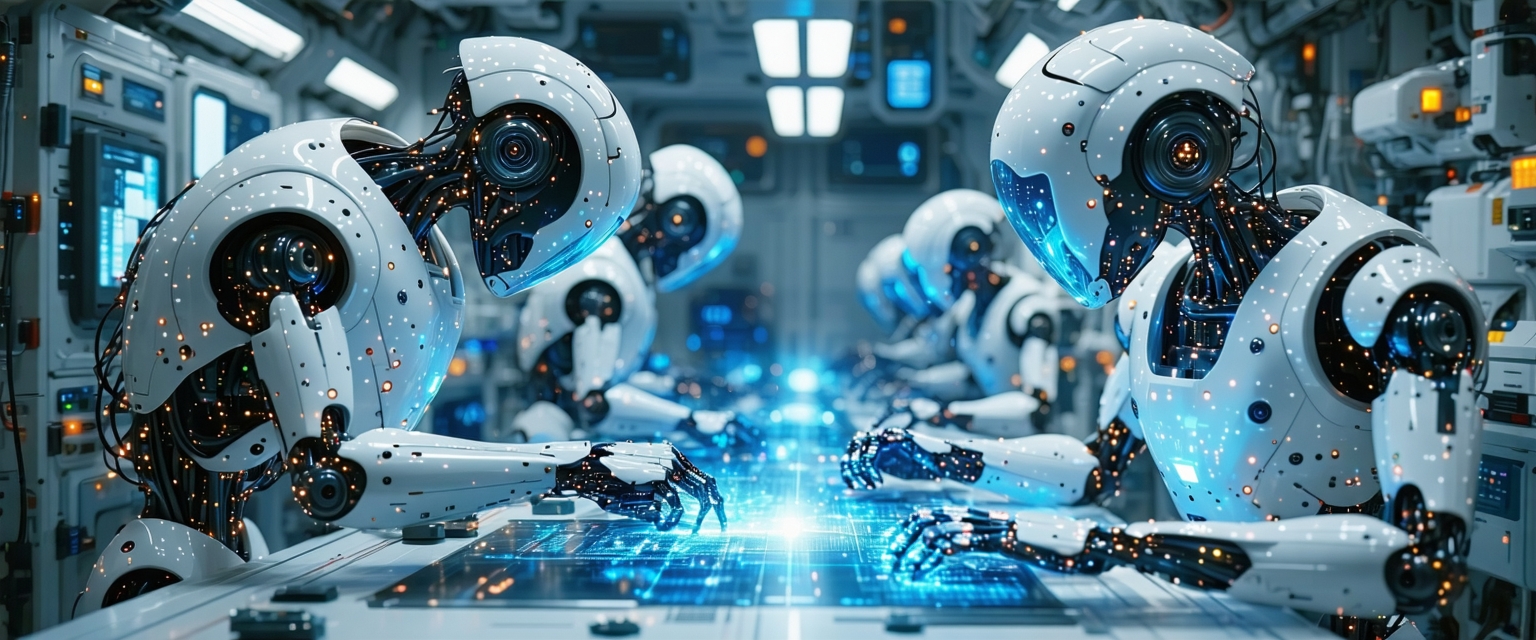






The field of robotics is experiencing rapid advancements, pushing the boundaries of what machines can do. Recent developments in artificial intelligence, materials science, and control systems are leading to robots that are more intelligent, agile, and capable than ever before.
Traditional industrial robots were largely limited to repetitive tasks in controlled environments. They lacked the adaptability and dexterity necessary for more complex operations. Recent years have seen a surge in research focusing on creating more versatile and autonomous robots.
Several breakthroughs have been made recently. Researchers at MIT have developed a new soft robotic gripper capable of manipulating delicate objects with unprecedented precision. Simultaneously, advancements in machine learning are enabling robots to learn new tasks much faster through imitation and reinforcement learning. This means less programming and greater adaptability to new situations.
Another significant development involves the integration of advanced sensors and actuators, allowing robots to perceive their environment and interact with it in a more nuanced manner. This includes improved vision systems, force feedback sensors, and more sophisticated control algorithms.
These advancements have significant implications across various sectors. In manufacturing, robots are becoming more efficient and capable of handling more complex assembly tasks. In healthcare, robots are assisting surgeons with minimally invasive procedures and providing personalized care. In logistics, autonomous robots are streamlining warehouse operations and delivery systems.
Furthermore, the development of collaborative robots, or “cobots,” designed to work safely alongside humans, is opening up new possibilities for human-robot interaction in diverse work environments.
The future of robotics is likely to involve even greater autonomy, intelligence, and dexterity. We can anticipate robots that are capable of learning and adapting to completely new situations with minimal human intervention. Research into human-robot collaboration will continue to focus on developing safer and more intuitive interfaces.
Furthermore, the integration of advanced materials, such as those with self-healing properties, could lead to more durable and reliable robots capable of operating in harsh or unpredictable environments.
“`